Home>Garden Essentials>How To Make A Grass Patch For Dogs
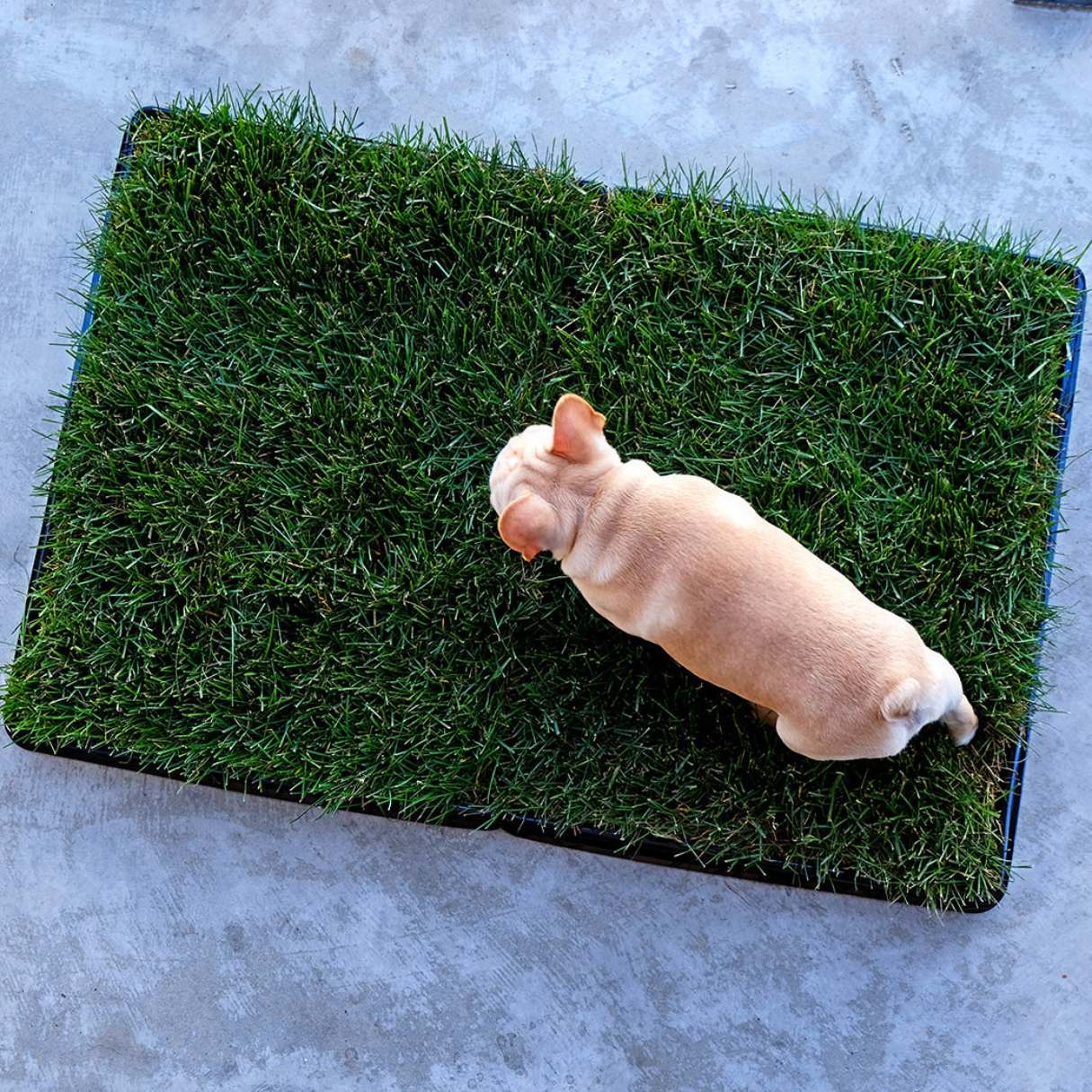

Garden Essentials
How To Make A Grass Patch For Dogs
Modified: October 18, 2024
Learn how to create a dog-friendly grass patch in your garden. Discover step-by-step instructions and tips for keeping your furry friend happy.
(Many of the links in this article redirect to a specific reviewed product. Your purchase of these products through affiliate links helps to generate commission for Storables.com, at no extra cost. Learn more)
Introduction
Welcome to our comprehensive guide on how to create a grass patch specifically designed for your furry friend. Dogs love to spend time outdoors, and having a dedicated area for them to run and play on is not only beneficial for their physical health but also helps protect your other garden areas. In this article, we will walk you through the step-by-step process of creating a grass patch that is easy to maintain and enjoyable for your dog.
When creating a grass patch for your dog, there are several important factors to consider, including the location, preparation, grass selection, and maintenance. By following our expert tips and suggestions, you can ensure that your grass patch becomes a beloved spot for your dog to romp around and do their business, while still keeping your garden looking beautiful.
Before we dive into the details, it’s important to note that every dog is different, and what works for one dog may not work for another. It’s essential to observe your dog’s behavior and needs to create a grass patch that suits them best. So, let’s get started and make your dog’s outdoor experience a paw-some one!
Key Takeaways:
- Create a dedicated grass patch for your dog by choosing the right location, preparing the area, and selecting dog-friendly grass. With proper training and maintenance, you’ll have a paw-some outdoor space for your furry friend to enjoy!
- Whether seeding or sodding, proper watering and maintenance are key to a healthy grass patch. Train your dog to use the designated area, and soon you’ll have a lush and inviting space for your furry companion to play and relax.
Choosing the Right Location
When it comes to creating a grass patch for your dog, selecting the right location is crucial. Ideally, you should choose an area in your backyard that is easily accessible for your dog and away from high-traffic areas or delicate garden beds. Here are a few key factors to consider when choosing the location for your grass patch:
- Sunlight: Look for an area that receives adequate sunlight. Most grass varieties require at least 6-8 hours of direct sunlight each day to thrive. Avoid shaded areas as they can hinder the growth of the grass and result in a patchy lawn.
- Drainage: Ensure that the chosen location has good drainage. Dogs can create a lot of moisture on the grass, and poor drainage can lead to muddy conditions and unpleasant odors. Avoid low-lying areas that tend to accumulate water.
- Proximity: Consider the proximity of the grass patch to your house and the dog’s living area. Having it close to your house makes it more convenient to let your dog out and monitor their activities. It can also help with training and supervision.
- Privacy: Dogs value privacy just as humans do. Look for a location that provides some level of privacy to make your dog feel comfortable and secure while using the grass patch.
Take your time to assess your backyard and choose the ideal spot for your grass patch. Remember, this will be a designated space for your dog, so it’s important to make sure it meets their needs and preferences. Once you’ve identified the location, it’s time to move on to the next step of preparing the area.
Preparing the Area
Before you can start creating your grass patch, it’s essential to prepare the chosen area properly. This step is crucial as it sets the foundation for a healthy and long-lasting grass patch. Here are the key steps to follow when preparing the area:
- Clear the area: Remove any existing vegetation, plants, rocks, or debris from the designated space. This will provide a clean canvas for your grass patch.
- Mark the boundaries: Decide on the size and shape of your grass patch and mark the boundaries using stakes or spray paint. This will help you stay on track during the rest of the process.
- Loosen the soil: Use a garden fork or a tiller to loosen the top layer of soil in the area. This will help improve drainage and allow the grass roots to penetrate the soil more easily.
- Remove weeds: Take the time to remove any weeds or unwanted grasses from the area. Weeds can compete with the new grass for nutrients and water, so it’s important to ensure they are removed thoroughly.
- Test the soil: Conduct a soil test to determine its pH level and nutrient content. This will help you determine if any amendments are needed to create an ideal growing environment for the grass.
By properly preparing the area, you are setting the stage for successful grass growth and a healthy grass patch for your dog. It may take some time and effort initially, but the rewards will be well worth it in the long run.
Removing Existing Grass
Once you have prepared the area for your grass patch, the next step is to remove any existing grass in the designated space. This is an important step to ensure proper establishment and growth of the new grass. Here are a few methods you can use to remove existing grass:
- Manual removal: The most labor-intensive method is to manually remove the grass using a shovel or a sod cutter. This involves cutting through the grass and removing it along with its root system. While this method can be time-consuming, it is effective in completely eliminating the existing grass.
- Solarization: A chemical-free method to kill the existing grass involves using solarization. This method utilizes plastic sheets to cover the designated area, trapping heat and sunlight. The heat kills the grass, and after a few weeks, the grass can be easily removed.
- Herbicides: If manual removal or solarization is not feasible for you, you can opt for herbicides to kill the existing grass. It is important to choose a selective herbicide that targets grasses and not broadleaf plants. Follow the instructions carefully and apply the herbicide as directed.
Regardless of the method you choose, it is essential to remove the existing grass thoroughly. Any leftover grass or roots can compete with the new grass for nutrients, water, and space, leading to an uneven and unhealthy grass patch. Take your time to ensure that the area is clear before moving on to the next step of leveling the ground.
Leveling the Ground
Once you have removed the existing grass, the next step in creating a grass patch is to level the ground. Leveling the ground is crucial for ensuring a smooth and even surface for your new grass to grow. Here’s a step-by-step guide to help you level the ground:
- Inspect the area: Take a close look at the cleared area and identify any uneven spots or low areas. These may need to be filled or leveled out.
- Remove excess soil: If you notice any high spots or mounds of soil, remove them and redistribute the excess soil to low areas.
- Use a leveling tool: A leveling tool, such as a rake or a garden lute, can be used to spread the soil evenly and create a smooth surface. Work the soil back and forth, leveling it out as you go.
- Check for proper drainage: While leveling, pay attention to the slope of the ground to ensure proper drainage. You want water to flow away from the grass patch to prevent pooling or waterlogging.
- Compact the soil: Once the ground is level, lightly compact the soil using a lawn roller or by walking over it. This helps create a firm base for the new grass to establish roots.
Leveling the ground is a vital step in creating a healthy and uniform grass patch. It provides a solid foundation for the new grass to grow evenly and minimizes the risk of uneven surface or water pooling. Take your time to ensure that the ground is leveled properly before moving on to the next step.
Adding a Weed Barrier
After leveling the ground for your grass patch, it’s important to add a weed barrier to prevent weed growth and ensure the healthy growth of your new grass. Weeds can quickly invade your grass patch and compete with the grass for nutrients and space. Adding a weed barrier helps to suppress weed growth and maintain the integrity of your grass patch. Here’s how to add a weed barrier:
- Select the right weed barrier: Choose a high-quality weed barrier material such as landscape fabric or commercial weed control fabric. These materials are designed to allow water and nutrients to pass through while blocking the growth of weeds from below.
- Measure and cut the weed barrier: Measure the size and shape of your grass patch and cut the weed barrier to fit the designated area. Leave a little extra material around the edges to secure it in place.
- Lay the weed barrier: Carefully place the weed barrier on the leveled ground, ensuring that it covers the entire area of the grass patch. Smooth out any wrinkles or creases in the fabric.
- Secure the weed barrier: Use landscape staples or pins to secure the weed barrier to the ground. Place them approximately every 1 to 2 feet along the edges and in the center of the fabric to keep it in place.
- Trim excess material: Trim any excess weed barrier material that extends beyond the edges of the grass patch. This will give your grass patch a neat and finished look.
Adding a weed barrier helps to reduce the maintenance required for your grass patch and prevents the growth of unwanted weeds. It allows your new grass to establish roots without competition, resulting in a healthier and more beautiful grass patch for your furry friend to enjoy.
Choosing the Right Grass
When it comes to creating a grass patch for your dog, choosing the right type of grass is essential. Different grass varieties have different characteristics and growth habits, so it’s important to select one that can withstand the wear and tear from your playful pup. Here are a few factors to consider when choosing the right grass for your grass patch:
- Dog-Friendly Grass: Look for grass varieties that are known for their durability and tolerance to heavy foot traffic. Some popular dog-friendly grass types include Bermuda grass, Zoysia grass, and Kentucky bluegrass. These grasses have good recovery capabilities and can withstand the active nature of dogs.
- Tolerance to Urine: Dogs often urinate on grass, which can cause burn spots due to the high nitrogen content. Select grass varieties that have good tolerance to urine, such as tall fescue or ryegrass. These grasses can handle the occasional urine without significant damage.
- Climate Adaptability: Consider the climate of your region and choose a grass variety that is well-adapted to the local weather conditions. Different grasses thrive in different climates, so it’s important to select one that can withstand the temperature extremes and precipitation patterns of your area.
- Maintenance Requirements: Evaluate the maintenance requirements of different grass types. Some varieties may require more frequent mowing, watering, and fertilization, while others are low maintenance. Choose a grass that aligns with the amount of time and effort you are willing to invest in maintaining your grass patch.
It’s also worth consulting with local garden centers or experts to get specific recommendations for grass varieties that thrive in your region and are suitable for dog owners. Remember, choosing the right grass is crucial for the long-term health and appearance of your grass patch, so take your time to research and select the best option for you and your dog.
Seeding or Sodding the Area
Once you have prepared the area and selected the right grass variety, it’s time to establish the grass in your patch. There are two primary methods for doing so: seeding and sodding. Both methods have their own advantages and considerations, so let’s explore each one:
Seeding:
Seeding involves spreading grass seeds over the prepared area, allowing them to germinate and grow into a new grass patch. Here’s how to seed the area:
- Choose the right seed: Select high-quality grass seed that matches the grass variety you have chosen. Look for reputable brands and ensure that the seeds are fresh and free from contaminants.
- Prepare the seedbed: Rake the soil lightly to create a smooth surface for the seeds. Remove any debris or rocks that may hinder seed germination.
- Spread the seeds: Follow the recommended seeding rate specified on the seed packaging. Use a seed spreader or spread the seeds evenly by hand, making sure to cover the entire area evenly.
- Lightly rake and water: After spreading the seeds, lightly rake them into the soil to ensure good seed-to-soil contact. Water the area gently to moisten the soil and kickstart the germination process.
- Maintain moisture: Keep the seeded area consistently moist until the grass establishes. Water regularly, but avoid over-watering, as it may result in shallow root growth or fungal diseases.
Seeding is a cost-effective method to establish a new grass patch, but it requires patience and ongoing maintenance to ensure successful growth.
Read more: How To Treat Dead Grass Patches
Sodding:
Sodding involves laying down pre-grown grass patches, known as sod, onto the prepared area. This method provides instant results, but it can be more expensive than seeding. Here’s how to sod the area:
- Purchase quality sod: Look for healthy and weed-free sod from a reputable supplier. Choose sod that matches the grass variety you have selected.
- Prepare the soil: Make sure the soil is properly leveled and free from debris. Lightly water the soil to moisten it before laying the sod.
- Lay the sod: Lay the sod pieces tightly against each other, avoiding gaps or overlaps. Stagger the joints, similar to how bricks are laid, to create a seamless appearance.
- Water and roll: After laying the sod, thoroughly water the area to settle the sod and ensure good contact with the soil. Use a lawn roller to eliminate air pockets and promote root-to-soil contact.
- Follow watering and maintenance guidelines: Water the sodded area frequently in the first few weeks to help it establish roots. Follow the provided guidelines for mowing and fertilizing as the sod becomes established.
Sodding provides an instant and lush grass patch for your dog to enjoy, but it requires careful handling during installation and more initial investment compared to seeding. However, it can save time and provide immediate results.
Choose the method that best suits your budget, timeline, and preferences. Whether you opt for seeding or sodding, with proper care and maintenance, your grass patch will soon become a beautiful and inviting space for your dog to play.
Watering and Maintenance
Proper watering and maintenance are crucial for the health and longevity of your grass patch. Consistent care will help your grass grow thick, green, and resilient, providing the ideal outdoor area for your furry friend. Here are some essential tips for watering and maintaining your grass patch:
Watering:
- Water deeply: Water the grass deeply, allowing the water to penetrate the soil to encourage deep root growth. This helps the grass become more drought-tolerant and resilient.
- Water early in the day: Water your grass patch in the early morning to minimize evaporation and allow the grass to dry before evening, reducing the risk of fungal diseases.
- Avoid over-watering: While it’s important to provide proper moisture, avoid over-watering as it can lead to shallow root growth, susceptibility to disease, and water runoff.
- Monitor rainfall: Take into account natural rainfall when determining watering frequency. Adjust your watering schedule accordingly to avoid over-watering during rainy periods.
Mowing:
- Mow at the appropriate height: Set your mower to the recommended cutting height for the specific grass variety you have chosen. Mowing too short can stress the grass and make it more susceptible to weeds and diseases.
- Regularly sharpen the mower blades: Dull blades can tear the grass rather than cutting it cleanly, leading to a ragged appearance and potential damage. Keep your mower blades sharp for a clean and healthy cut.
- Never remove more than one-third of the grass blade: Avoid cutting the grass too short, as it weakens the root system and leaves the soil more susceptible to drying out and weed invasion.
- Alternate mowing patterns: To prevent soil compaction and encourage upright growth, alternate the direction in which you mow your grass patch each time you mow.
Read more: How To Make A Dog Play Area
Fertilizing:
- Test the soil: Conduct a soil test to determine the nutrient levels and pH balance of the soil. This will help you determine if any fertilizers or soil amendments are needed.
- Choose the right fertilizer: Select a fertilizer specifically formulated for the grass variety you have chosen. Follow the instructions on the package for proper application rates and timing.
- Apply fertilizer strategically: Apply fertilizer in early spring and fall when the grass is actively growing. Avoid over-fertilization, as it can lead to excessive growth and increased susceptibility to pests and diseases.
- Water after fertilizing: Water the grass patch thoroughly after applying fertilizer to ensure proper absorption and prevent potential fertilizer burn.
Regular watering, mowing, and fertilizing will keep your grass patch healthy and vibrant. Additionally, keep an eye out for weeds, pests, and diseases. Promptly address any issues to maintain a lush and beautiful grass patch for both your dog and your enjoyment.
Training Your Dog to Use the Grass Patch
Once you have created the perfect grass patch for your dog, it’s important to train them to use it as their designated bathroom area. Proper training will help ensure that your dog understands where they should go to relieve themselves and prevent any accidents elsewhere in your yard. Here are some tips for training your dog to use the grass patch:
Establish a Routine:
- Consistency is key: Establish a consistent routine for taking your dog to the grass patch. Take them out at regular intervals, such as after meals, waking up, or before bedtime.
- Choose specific command words: Use specific command words, such as “Go potty” or “Go grass,” to associate with using the grass patch. Say the command repeatedly while your dog is doing their business.
- Offer rewards and praise: Reward your dog with treats and plenty of verbal praise immediately after they have successfully used the grass patch. Positive reinforcement helps to reinforce the desired behavior.
Prevent Accidents:
- Supervise your dog: Keep a close eye on your dog, especially during the initial training phase. Supervision allows you to redirect them to the grass patch if you notice any signs that they need to go.
- Restrict access to other areas: Initially, limit your dog’s access to other parts of the yard until they are consistently using the grass patch. This helps minimize the chances of accidents elsewhere.
- Clean up accidents: If your dog has an accident outside the grass patch, clean it up thoroughly. Use an enzyme-based cleaner to eliminate any lingering odors that might attract your dog to that spot again.
Read more: How To Apply A Grass Patch
Patience and Persistence:
- Be patient: Remember that training takes time and every dog learns at their own pace. Stay patient and consistent throughout the training process.
- Continue reinforcement: Even after your dog is consistently using the grass patch, continue to reinforce their behavior with occasional treats and praise. This helps to solidify the habit.
With consistent training and positive reinforcement, your dog will quickly learn to use the grass patch as their designated bathroom area. Stay patient, and soon your furry friend will be happily doing their business in the right spot.
To make a grass patch for dogs, choose a spot with good drainage, prepare the soil by removing debris and adding topsoil, then sow grass seed and water regularly. Keep the area off-limits to dogs until the grass is established.
Conclusion
Creating a grass patch for your dog is not only beneficial for their health and happiness, but it also helps protect the rest of your garden from wear and tear. By following the steps outlined in this comprehensive guide, you can create a grass patch that is specifically designed to meet the needs of your furry friend.
From choosing the right location and preparing the area to selecting the appropriate grass variety and training your dog to use the grass patch, each step is crucial in creating a successful and enjoyable outdoor space for your dog. Remember to consider factors like sunlight, drainage, and privacy when choosing the location. Properly prepare the area by removing existing grass, leveling the ground, and adding a weed barrier. Select the right grass variety based on your dog’s activity level, climate, and maintenance preferences.
Whether you choose to seed or sod your grass patch, follow the proper watering and maintenance practices to encourage healthy growth and maintain its lush appearance. Train your dog to use the grass patch through consistency, positive reinforcement, and supervision. And finally, be patient and persistent throughout the training process, understanding that it takes time for your dog to learn and adapt to the new routine.
With dedication, care, and a little training, your grass patch will become a favorite spot for your dog to play, relax, and do their business. Not only will you have a beautiful outdoor area, but you’ll also create a safe and healthy environment for your beloved furry companion.
So, roll up your sleeves, grab your gardening tools, and start creating a grass patch that both you and your dog will love. Get ready to enjoy countless wagging tails and endless moments of joy in your very own backyard oasis.
Frequently Asked Questions about How To Make A Grass Patch For Dogs
Was this page helpful?
At Storables.com, we guarantee accurate and reliable information. Our content, validated by Expert Board Contributors, is crafted following stringent Editorial Policies. We're committed to providing you with well-researched, expert-backed insights for all your informational needs.
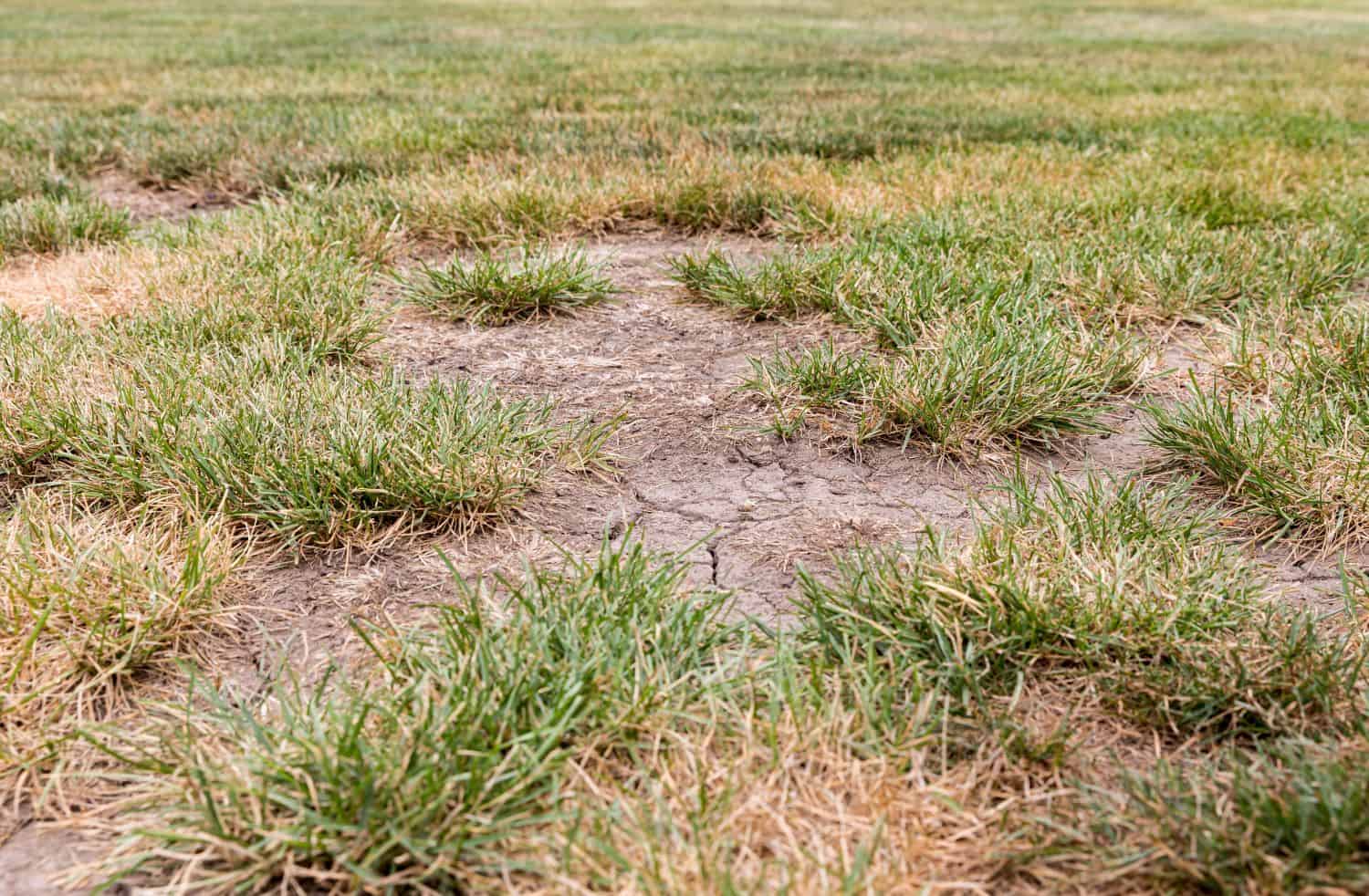
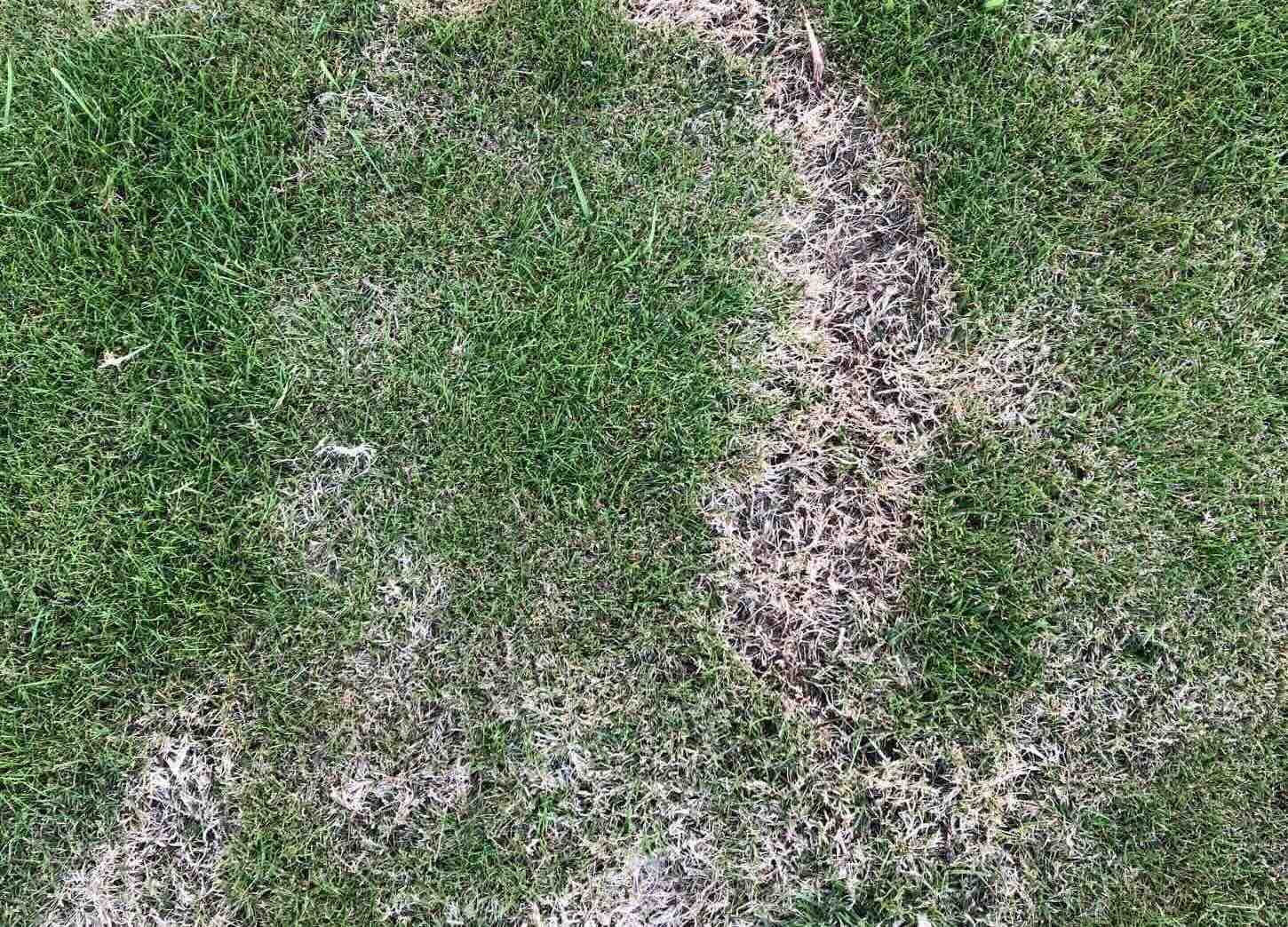
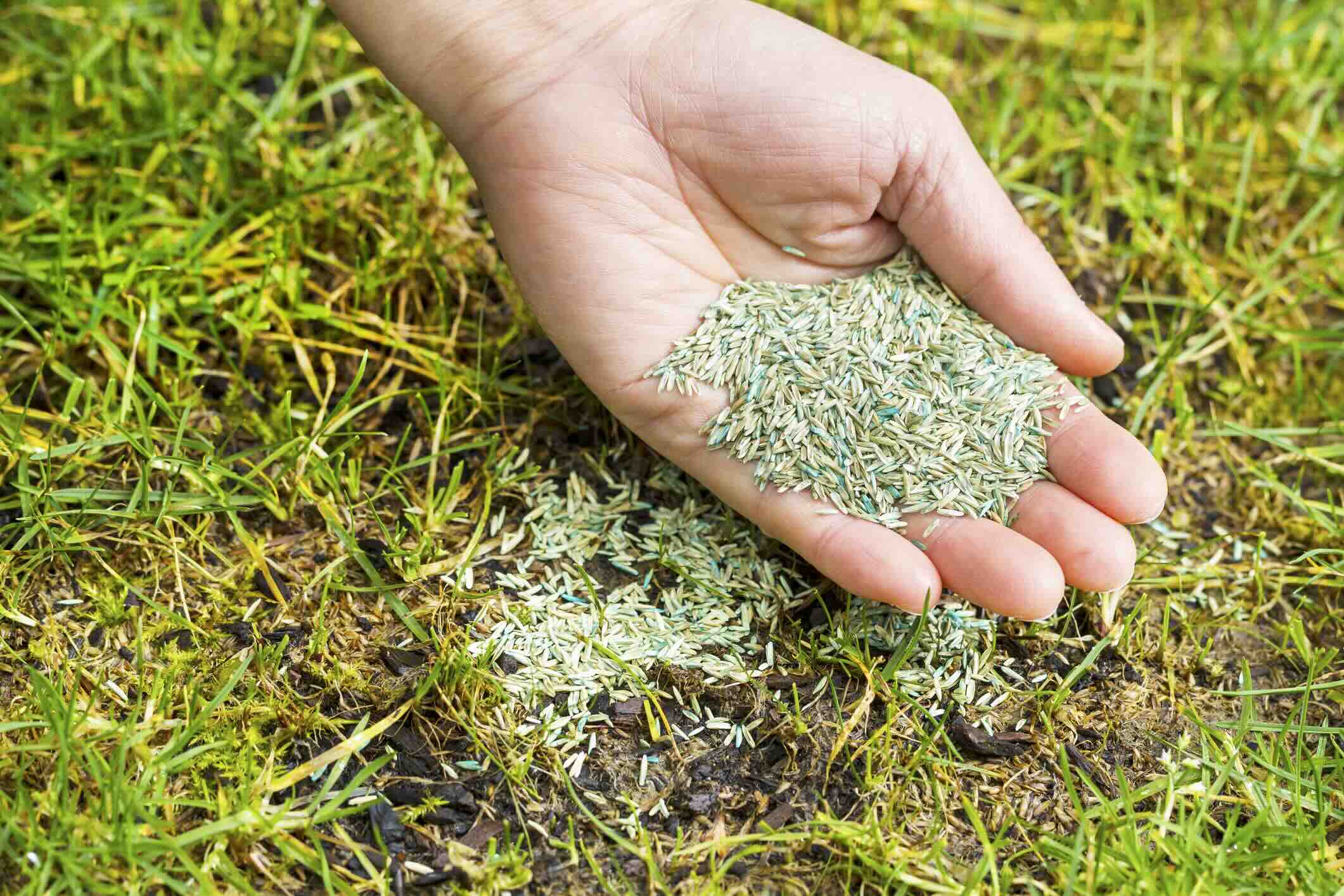
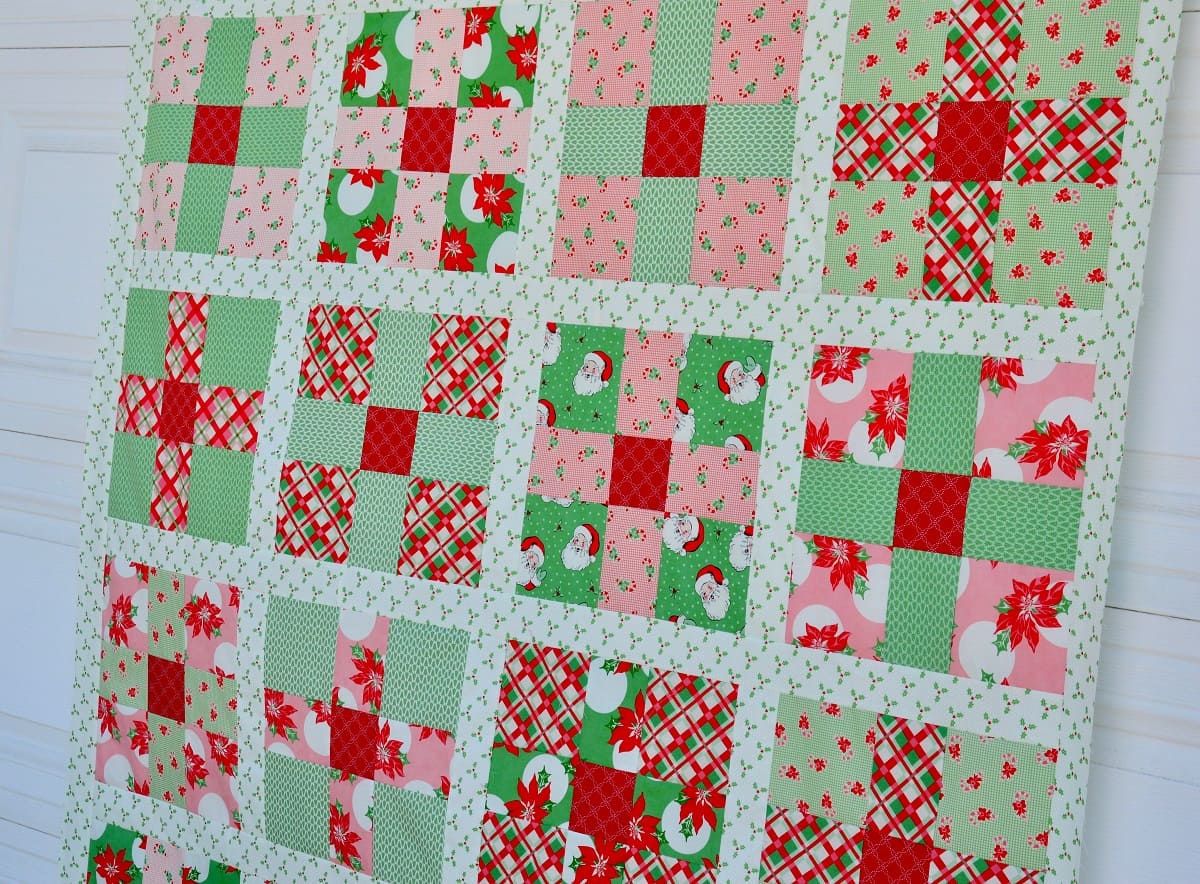
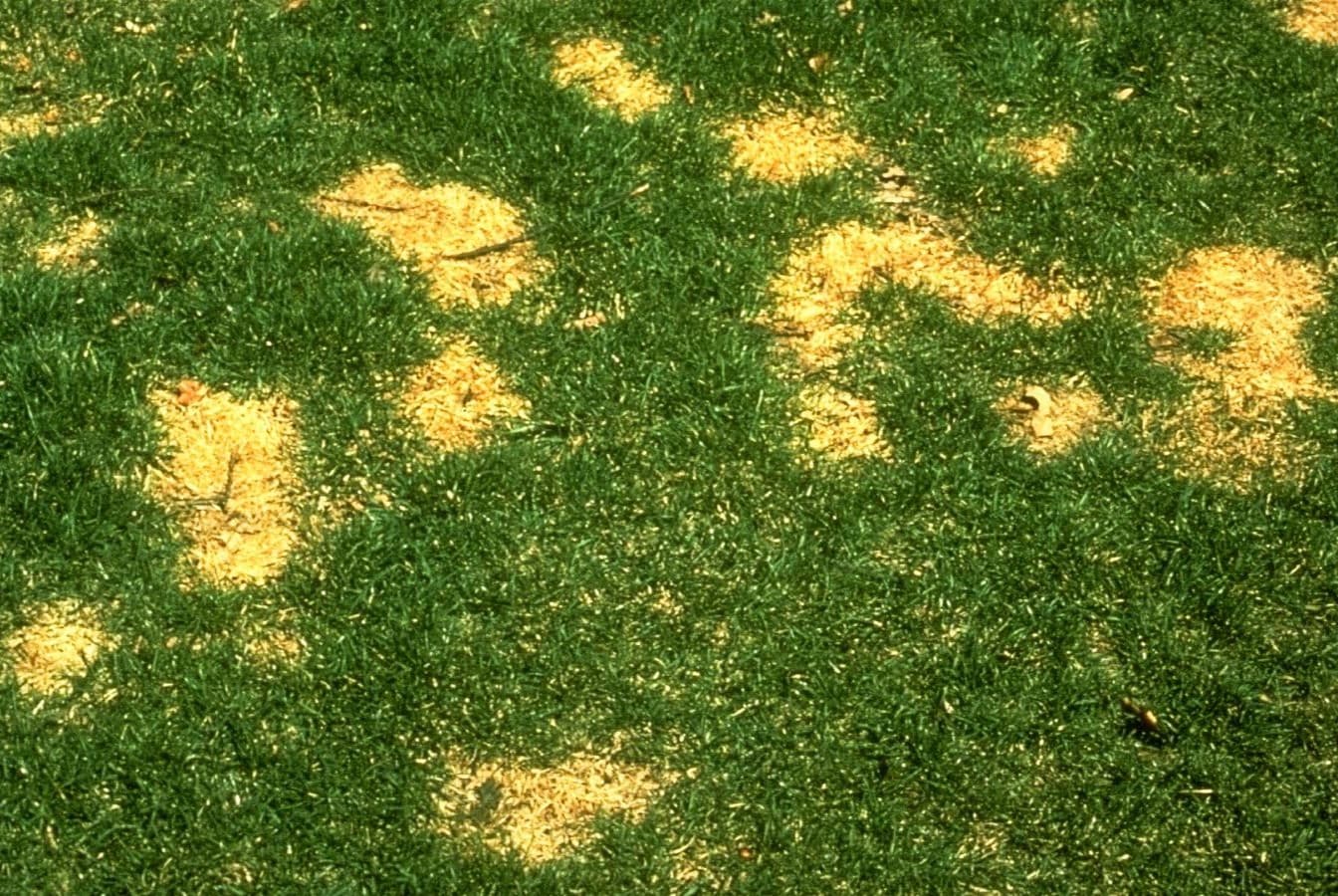
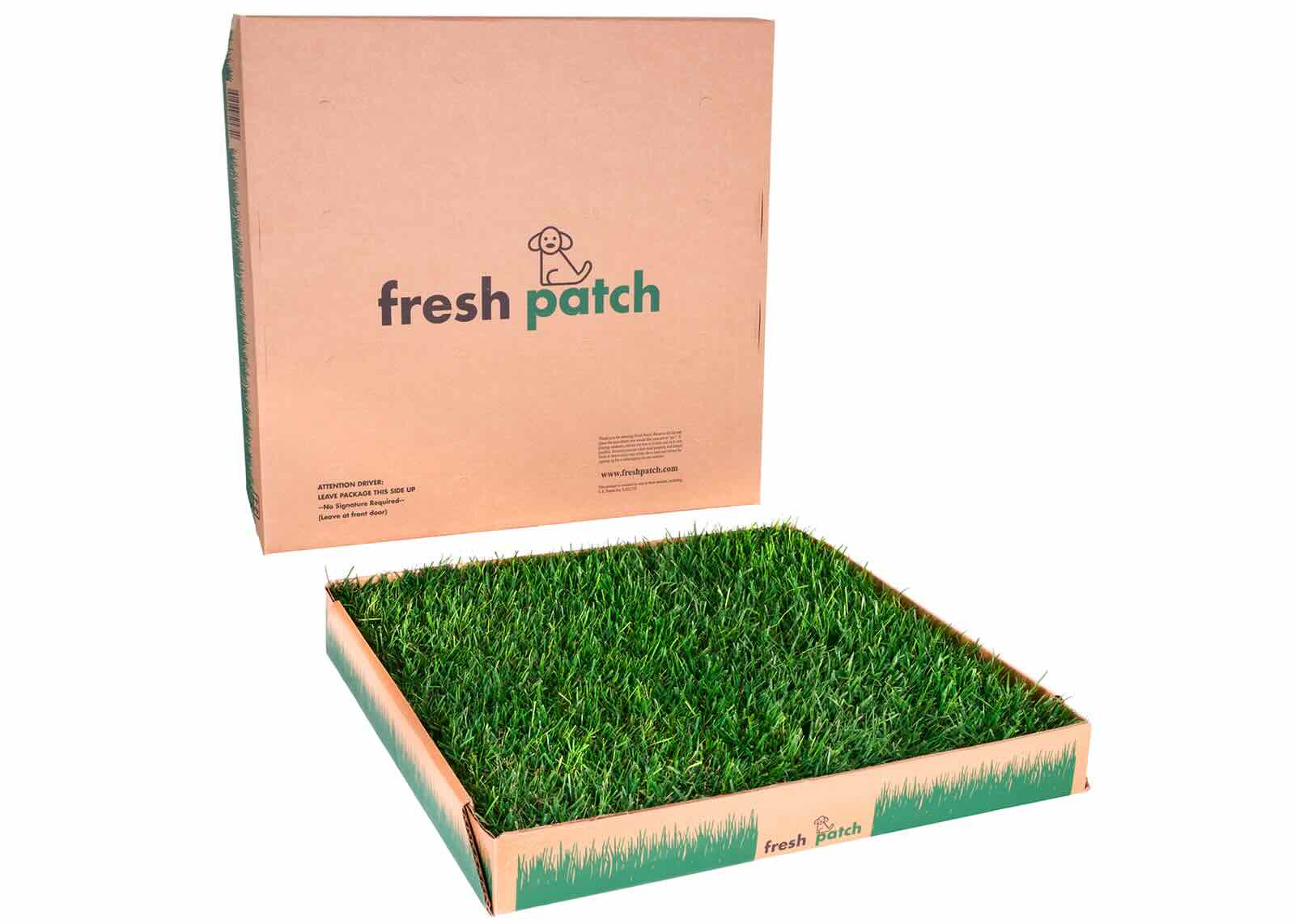
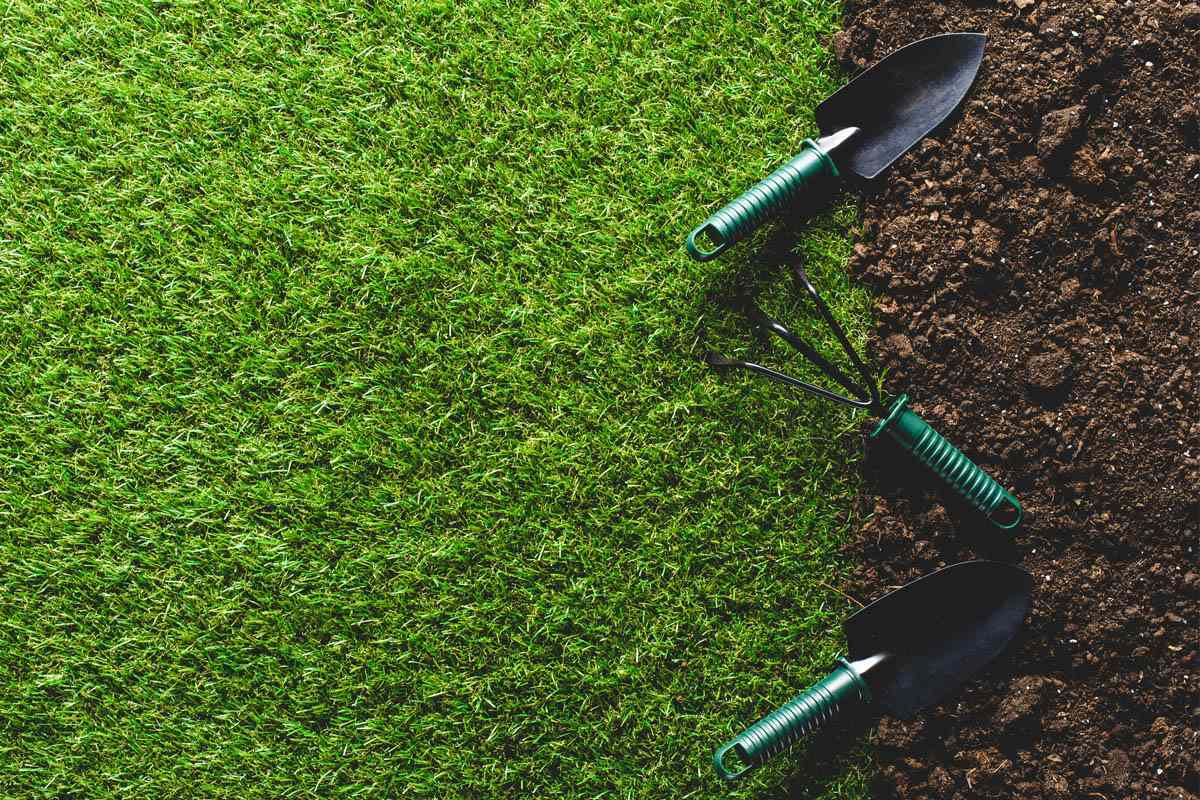
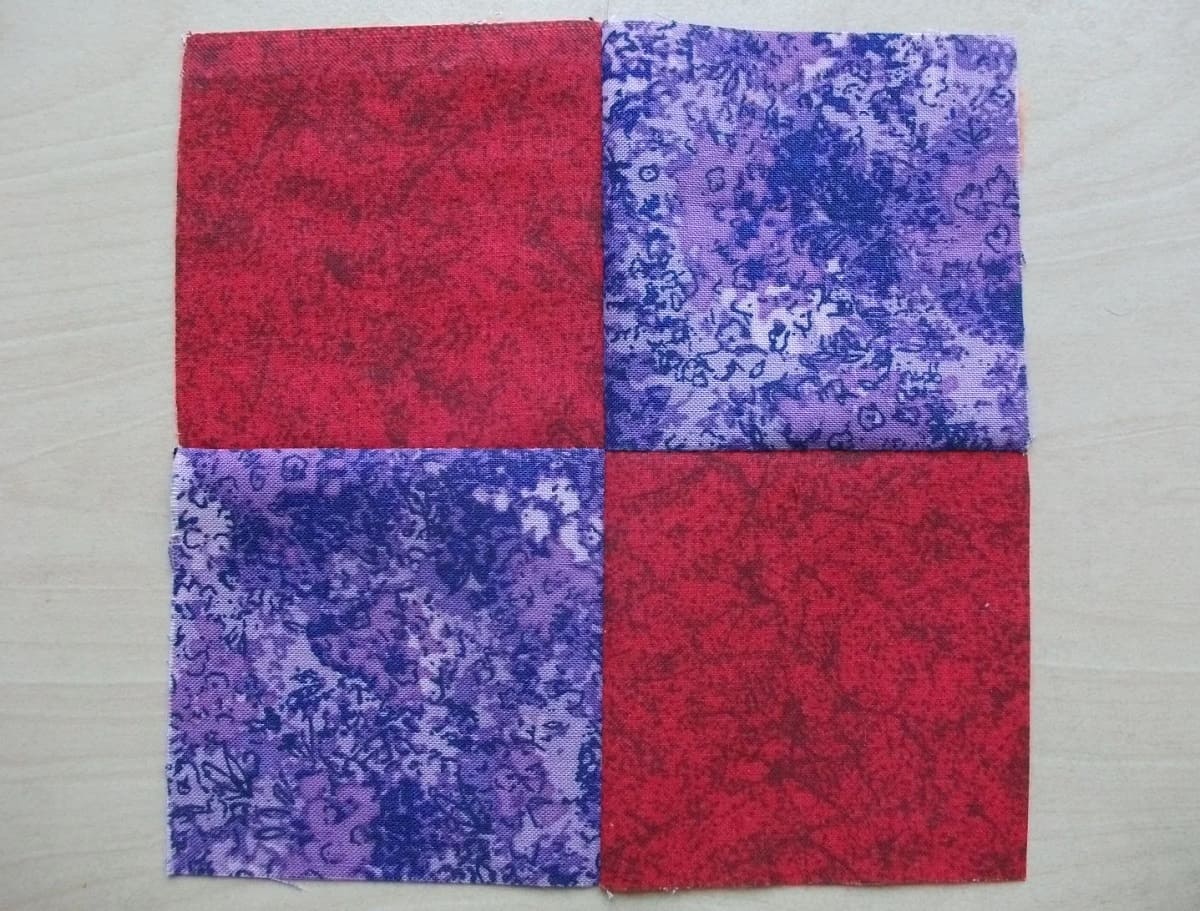
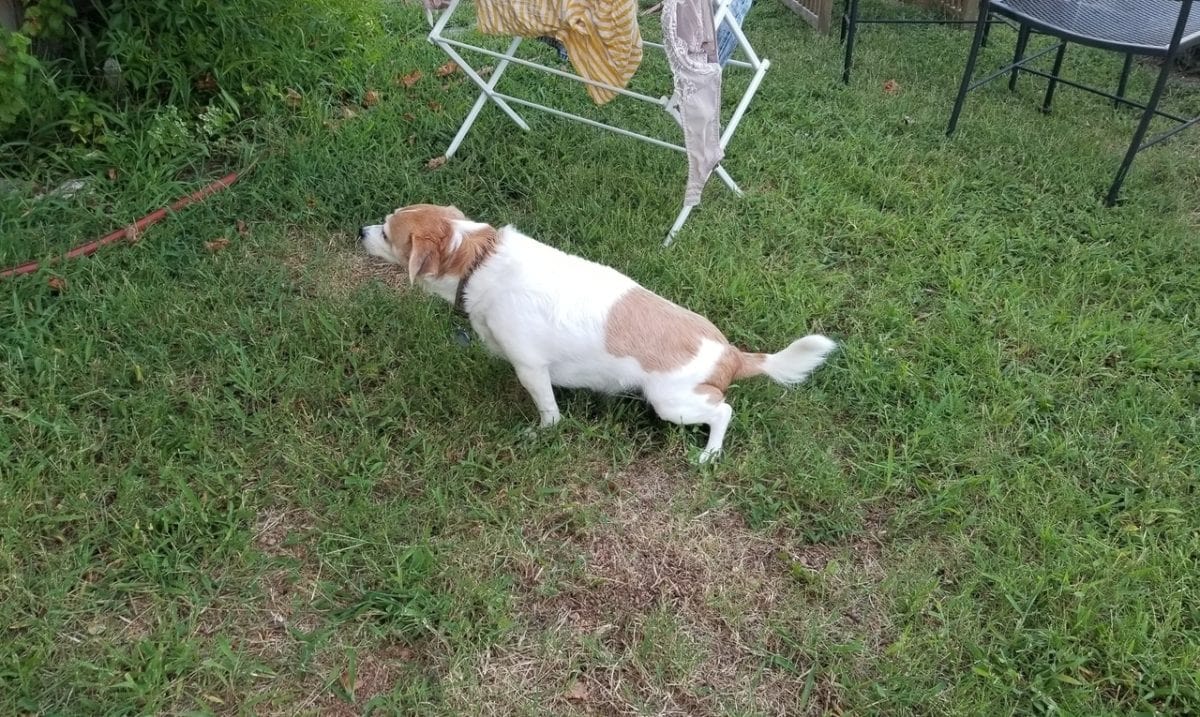
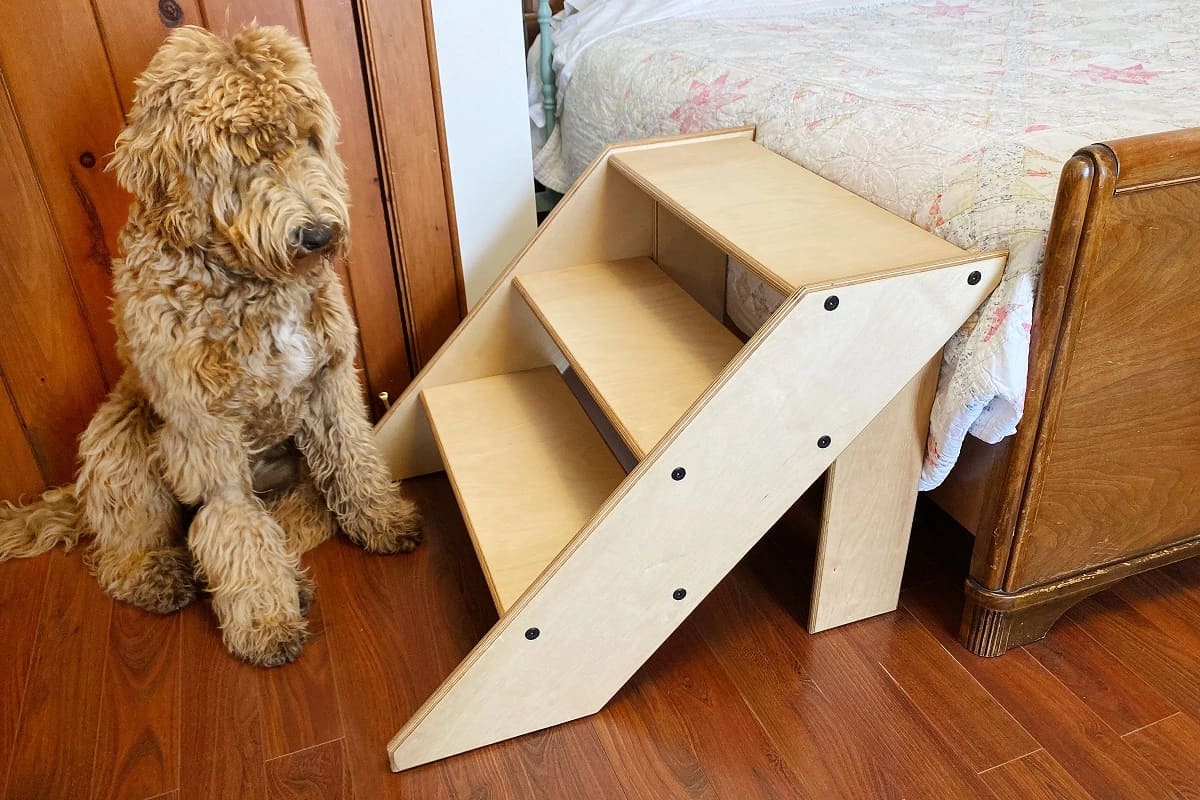
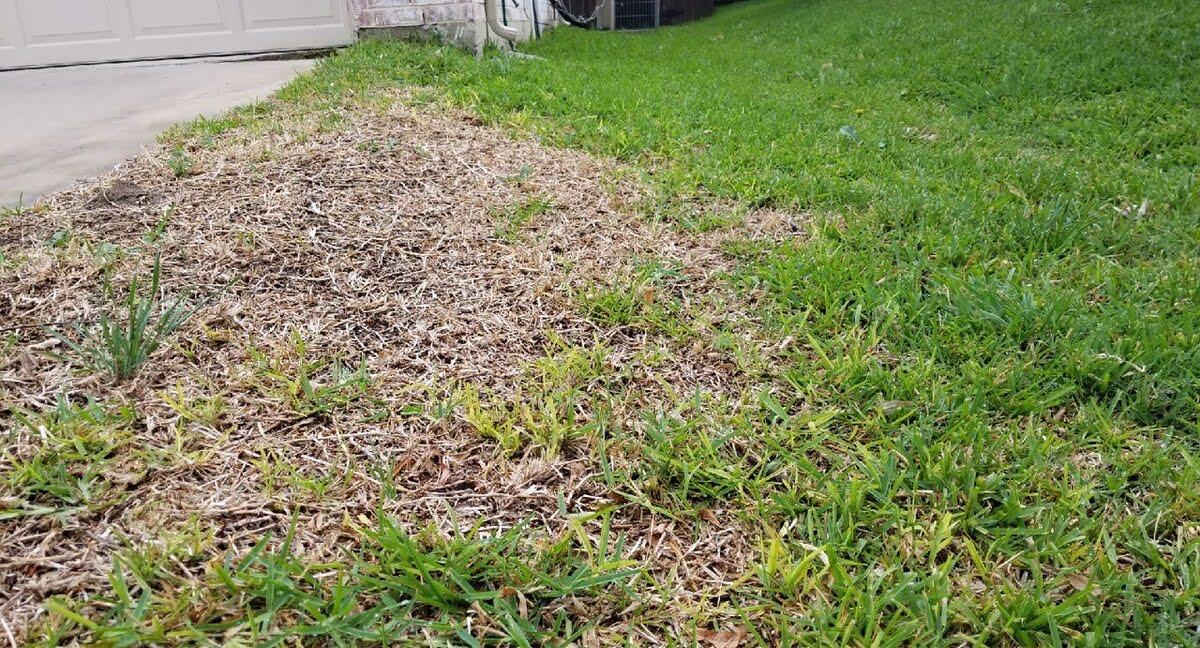

0 thoughts on “How To Make A Grass Patch For Dogs”